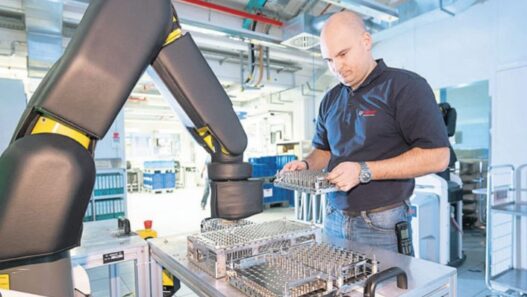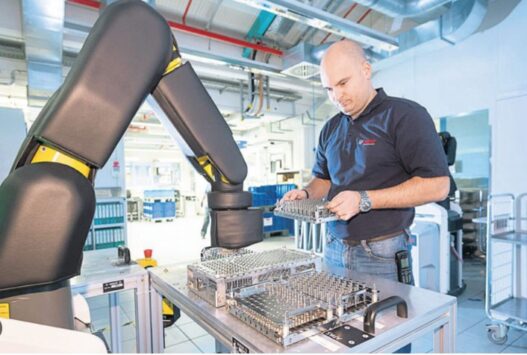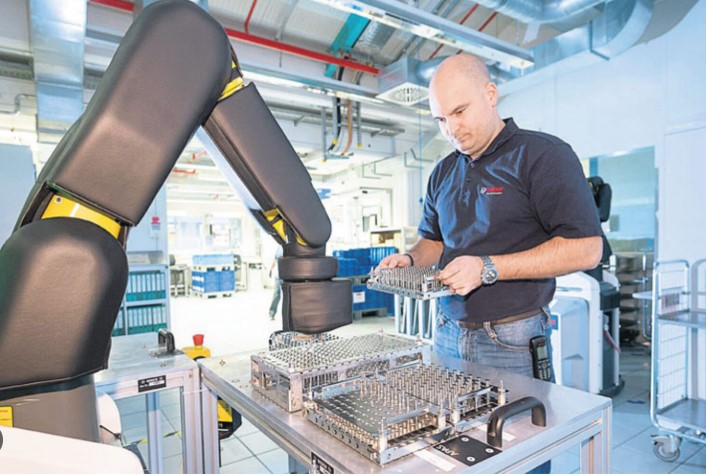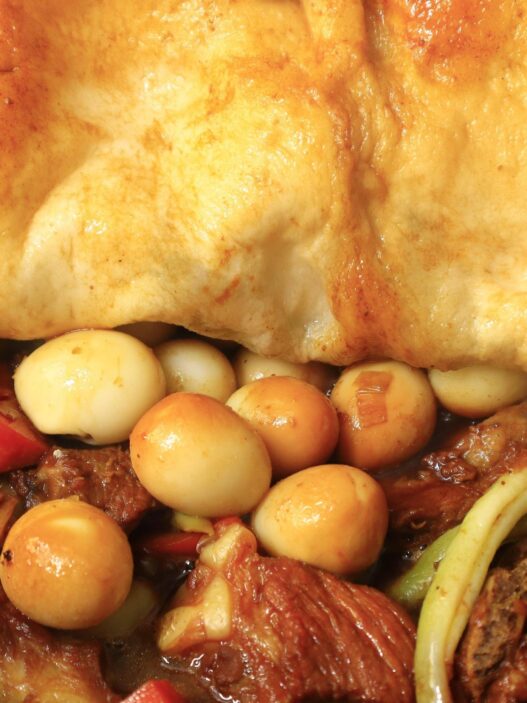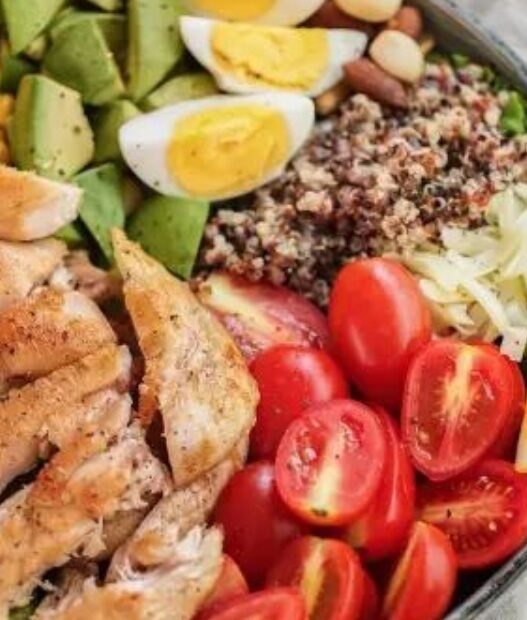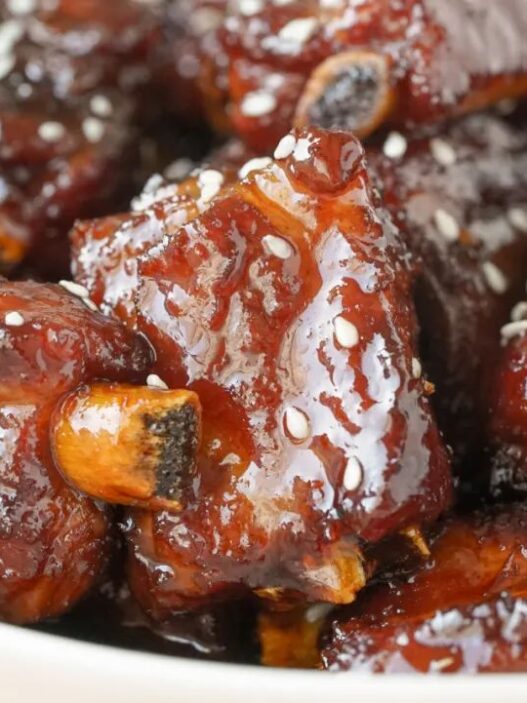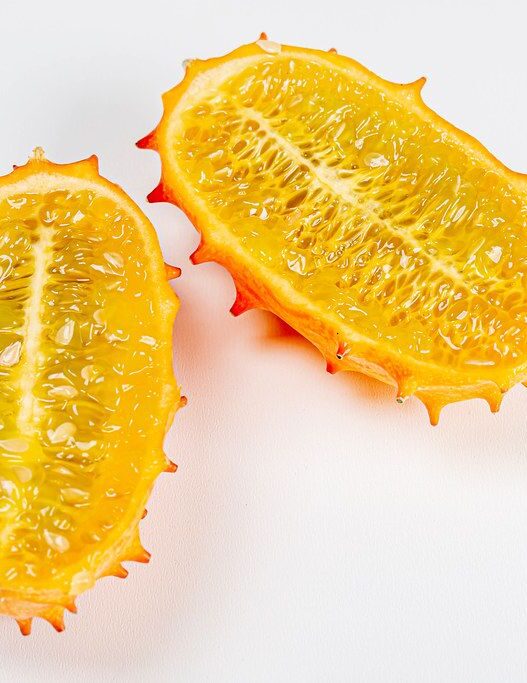In a world increasingly shaped by technological innovation, artificial intelligence (AI) has made its way into almost every facet of daily life — and food is no exception. While much attention has been given to AI in agriculture and restaurant logistics, a less explored yet groundbreaking frontier is AI’s ability to create personalized recipes tailored to individual preferences, dietary needs, and even emotional states. Welcome to the future of flavor.
The Intersection of AI and Gastronomy
AI’s role in food innovation goes beyond merely automating processes. By leveraging vast amounts of data on flavor profiles, ingredient pairings, and cultural culinary practices, AI is beginning to redefine how we think about cooking and eating. From generating entirely new recipes to customizing meals based on real-time data, AI has the potential to revolutionize not only what we eat but how we experience food.
What Makes AI a Game-Changer for Recipe Creation?
- Data-Driven Precision: AI platforms analyze massive datasets, including taste preferences, nutritional requirements, and even molecular gastronomy principles. This allows them to suggest ingredient combinations that may never occur to a human chef.
- Personalization at Scale: Unlike traditional recipe books or even human chefs, AI systems can create personalized meals for millions of individuals simultaneously, factoring in allergies, intolerances, or specific health goals.
- Real-Time Adaptation: AI can incorporate feedback instantaneously. For instance, if a user finds a dish too salty or too bland, the AI adjusts future recipes accordingly.
Real-World Examples of AI in Recipe Development
Gastrograph AI
This AI platform analyzes consumer taste preferences to predict how individuals or groups will perceive specific flavors. By understanding the nuances of sensory perception, Gastrograph AI helps food and beverage companies develop products that resonate with their target audiences.
IBM’s Chef Watson
Chef Watson made headlines by combining unexpected ingredients to create innovative recipes. Its algorithm uses flavor chemistry and ingredient databases to suggest pairings, such as pairing white chocolate with caviar for an unexpected yet harmonious dish.
PlantJammer
This AI app helps users build recipes from whatever ingredients they have at home. By analyzing the components’ flavor profiles, it ensures that the resulting dish is both balanced and delicious.
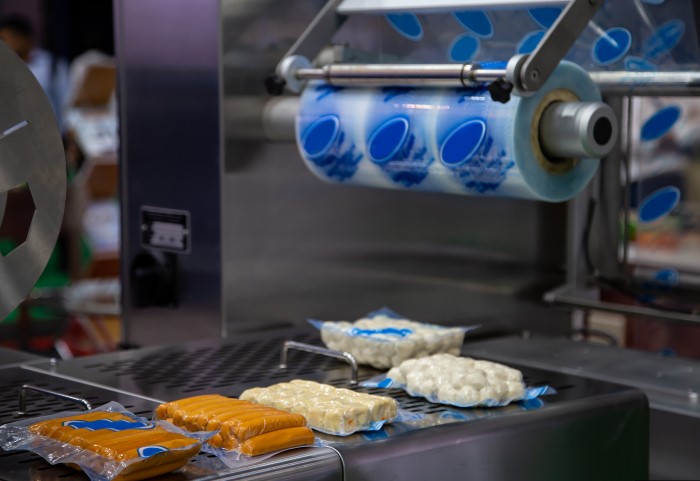
The Rise of Hyper-Personalized Tastes
As consumers demand more tailored experiences, hyper-personalization is becoming a cornerstone of food innovation. AI is uniquely positioned to deliver this by taking into account:
- Genetic Taste Preferences: Companies like DNAfit use genetic data to recommend diets aligned with an individual’s unique biology, and AI can extend this concept to recipe creation.
- Dietary and Health Goals: AI can craft meals optimized for weight loss, muscle gain, or managing chronic conditions like diabetes, integrating real-time biometrics from wearable devices.
- Mood-Based Eating: Emerging AI systems analyze factors like stress levels, weather conditions, and even circadian rhythms to suggest meals that enhance well-being.
The Role of AI in Flavor Innovation
Flavor innovation isn’t just about creating new tastes; it’s about redefining the boundaries of sensory experiences. AI is driving this innovation in several exciting ways:
1. Discovering Unlikely Pairings
By analyzing the molecular composition of ingredients, AI identifies unexpected combinations that work well together. This has led to the creation of dishes like chocolate-covered mushrooms or basil-infused cocktails.
2. Reinventing Cultural Cuisines
AI respects tradition while pushing boundaries. For example, it can take classic recipes from diverse cuisines and reimagine them with modern twists, such as a vegan adaptation of traditional French coq au vin.
3. Flavor Mapping for Inclusivity
AI can adapt recipes for those with specific dietary restrictions without compromising flavor. For instance, it can recreate the taste of a buttery croissant using dairy-free ingredients tailored for lactose-intolerant individuals.
4. Predicting Future Trends
By analyzing social media, consumer reviews, and food trends, AI predicts what flavors and dishes will dominate the culinary landscape in the coming years. Think of AI as the crystal ball of gastronomy.
Challenges and Ethical Considerations
While the potential of AI in food is immense, it’s not without challenges:
- Loss of Human Touch: Critics argue that AI-generated recipes might lack the emotional depth and cultural authenticity that come from human creativity.
- Data Privacy Concerns: Personalization requires extensive data collection, raising questions about how securely this information is stored and used.
- Economic Displacement: If AI replaces human chefs or recipe developers in certain contexts, it could disrupt employment in the culinary industry.
- Accessibility: Will AI-driven culinary innovations be accessible to everyone, or will they cater only to affluent consumers?
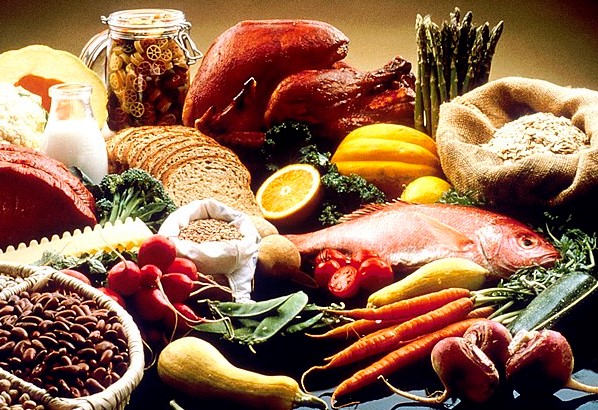
Opportunities for Businesses and Individuals
For Food Brands:
- Product Development: Brands can use AI to identify and develop products that cater to emerging consumer preferences.
- Enhanced Marketing: AI insights can guide targeted advertising campaigns, ensuring products reach the right audience.
For Chefs and Home Cooks:
- Skill Augmentation: AI tools can serve as creative collaborators, inspiring chefs to experiment with new ideas.
- Time Savings: Home cooks can rely on AI to simplify meal planning and reduce food waste by suggesting recipes based on available ingredients. Also Read>>>>>>
A Glimpse Into the Future
As AI continues to evolve, its role in food will likely expand beyond recipe creation. Imagine a future where smart kitchens equipped with AI can:
- Monitor ingredient freshness and suggest meals accordingly.
- Automatically adjust recipes to match your changing health goals.
- Collaborate with 3D food printers to create visually stunning, nutritionally optimized meals on demand.
In this future, food becomes not just sustenance but a deeply personalized experience tailored to individual needs, preferences, and even aspirations.
Conclusion
The fusion of AI and gastronomy is not merely a trend but a transformative shift that could redefine the culinary world. By creating personalized recipes and pushing the boundaries of flavor innovation, AI is poised to make food more accessible, inclusive, and exciting. However, as with any technological advancement, it’s






